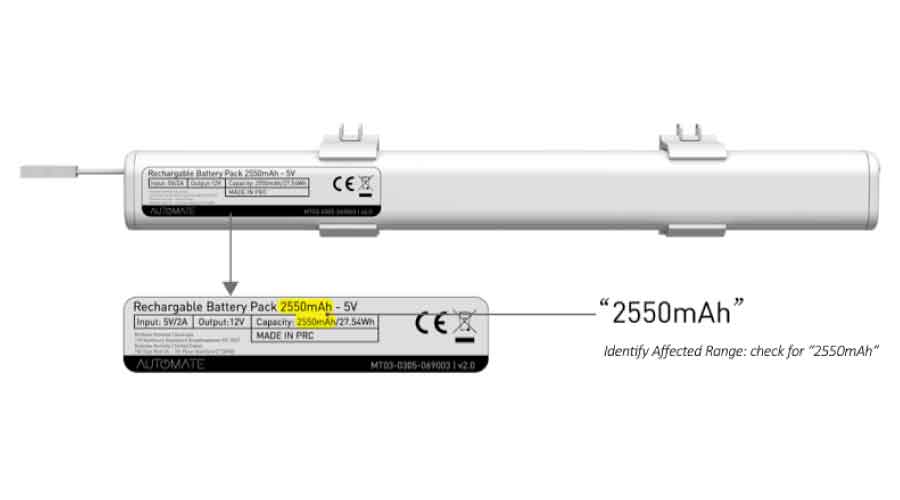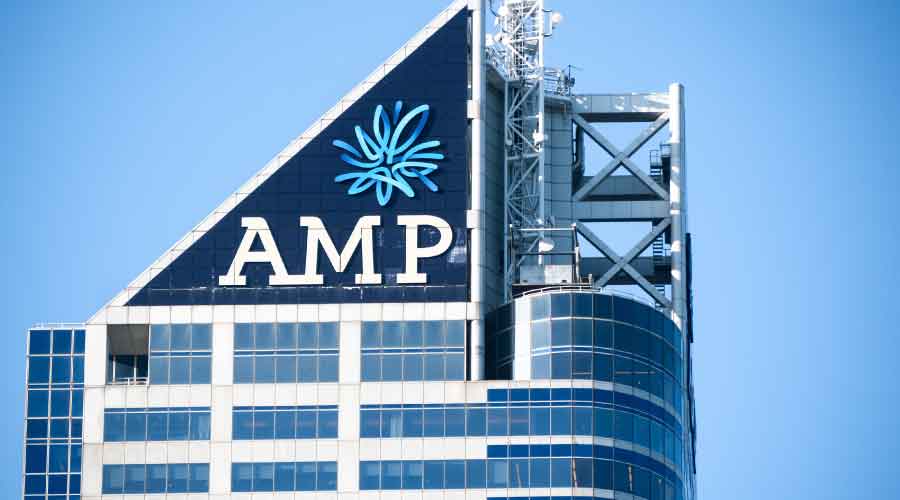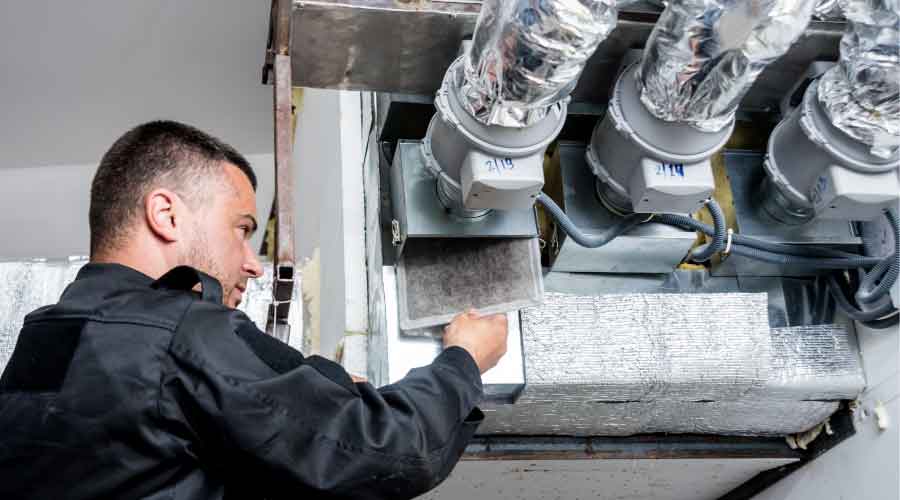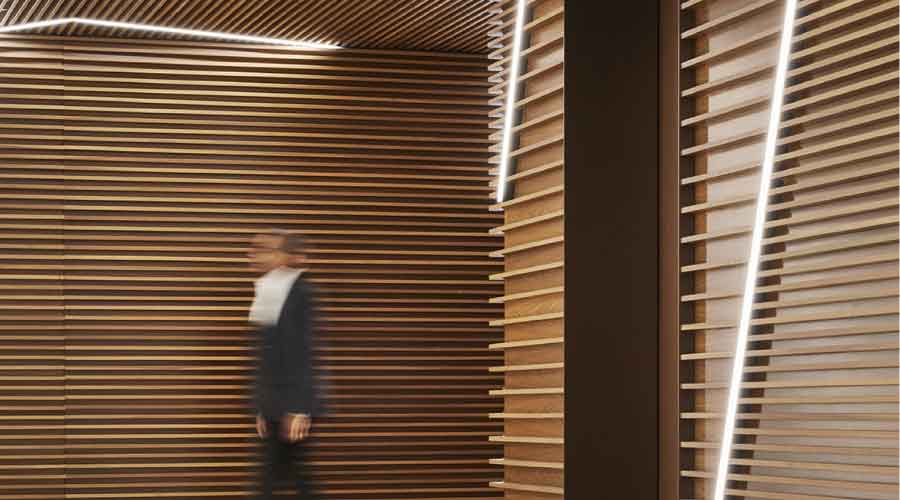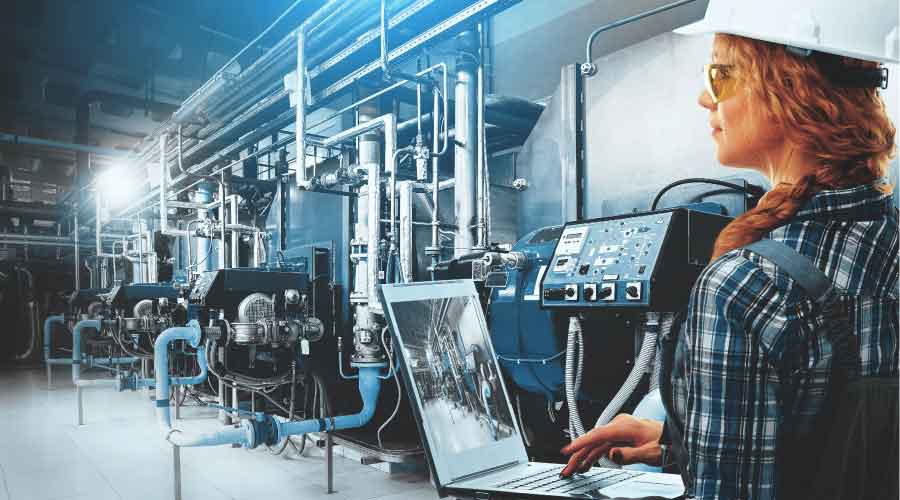
5 Tips to Prepare Your HVAC for Winter
Preventive HVAC maintenance can save up to 30 percent on winter heating costs. December 20, 2022
By Greg Zimmerman, senior contributing editor
‘Tis the season for expensive heating bills. This year, with the cost of natural gas skyrocketing, facility managers must make sure their HVAC is in tip-top shape.
Mechanical contractor Mechanical Service Corporation (MSC) estimates that facility managers can save as much as 30 percent on their winter heating bill with proper HVAC preventive maintenance. And to help, MSC offers the following list of five tips.
1. Check economizer function
Even in buildings that have an HVAC maintenance program in place, economizers are frequently overlooked, misunderstood, or both. Without proper preventive maintenance, sensors drift out of calibration, dampers get stuck, linkages break, seals fail, and actuators stop working properly. We’ve also come across cases where economizers were not installed properly and some that were never connected at all.
Economizers are extremely effective in reducing energy costs, often to the tune of hundreds or even thousands of dollars a month, and are required by code in most commercial buildings. The best way to determine whether your economizer is operational is through regular preventive maintenance.
2. Inspect heat exchangers
It’s imperative to inspect your heat exchanger at the start of every heating season. If your heat exchanger isn’t working properly, your building won’t heat properly and it can also be potentially dangerous if leaks or other damage are neglected.
3. Balance hydronic systems
If you notice your building has hot and cold spots, high energy bills, drafts or stuffy areas, or there’s a frequent need to adjust the thermostat, your building may benefit from testing, adjusting and balancing (TAB), or air and water balancing.
TAB typically uncovers a combination of issues that can degrade HVAC performance, so if you are experiencing these issues, it’s crucial to enlist a NEBB-Certified TAB provider to conduct advanced diagnostics. Most recommended fixes are certainly far less costly than replacing equipment.
4. Check heat pump systems
Regular heat pump maintenance can prevent small issues that would otherwise turn into major repairs. It’s important to inspect all components and the area around your heat pump to make sure everything is working properly and to replace any worn parts that could become problematic down the road.
5. Check heating controls
Before making the switch to heating, it’s important to ensure all controls are working properly. If you have a faulty thermostat, it can cause your heat to run on short cycles, run nonstop or not turn on at all. It may seem obvious, but make sure to change the batteries regularly and that you have the correct settings in place.
Greg Zimmerman is senior contributing editor for FacilitiesNet.com and Building Operating Management magazine.
Next
Read next on FacilitiesNet









